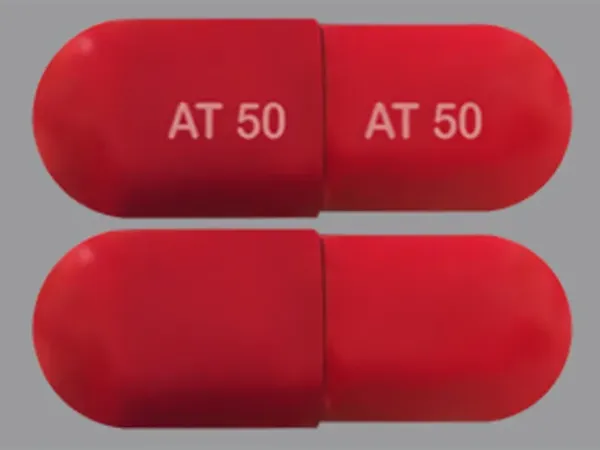Triamterene Dosage
Medically reviewed by Drugs.com. Last updated on Mar 24, 2025.
Applies to the following strengths: 50 mg; 100 mg
Usual Adult Dose for:
Additional dosage information:
Usual Adult Dose for Ascites
Initial dose: 100 mg orally 2 times a day after meals
Maximum dose: 300 mg/day
Comments:
- The dosage should be titrated to the needs of the individual patient.
- The maximum therapeutic effect may not be seen for several days.
- When this drug is used concomitantly with another diuretic or antihypertensive agent, the total daily dose of each agent should be lowered initially and then adjusted according to patient need.
Use: To reduce edema in cardiac failure, cirrhosis of the liver or nephrotic syndrome, and in that associated with corticosteroid treatment
Usual Adult Dose for Edema
Initial dose: 100 mg orally 2 times a day after meals
Maximum dose: 300 mg/day
Comments:
- The dosage should be titrated to the needs of the individual patient.
- The maximum therapeutic effect may not be seen for several days.
- When this drug is used concomitantly with another diuretic or antihypertensive agent, the total daily dose of each agent should be lowered initially and then adjusted according to patient need.
Use: To reduce edema in cardiac failure, cirrhosis of the liver or nephrotic syndrome, and in that associated with corticosteroid treatment
Renal Dose Adjustments
- Mild to moderate renal dysfunction: Data not available
- Severe or progressive renal failure (with the possible exception of nephrosis): Contraindicated
Liver Dose Adjustments
Severe or progressive hepatic disease: Contraindicated
Dose Adjustments
- This drug can cause mild nitrogen retention, which is reversible upon withdrawal of therapy, and is seldom observed with intermittent (every-other-day) therapy.
- Reducing the dose of this drug may be necessary in the presence of electrolyte imbalance and in geriatric patients.
- When administering this drug with another diuretic, the doses of both drugs should be reduced.
Precautions
US BOXED WARNINGS:
- Abnormal elevation of serum potassium levels (greater than or equal to 5.5 mEq/L) can occur with potassium-sparing agents. Hyperkalemia occurs more often in patients with renal impairment and diabetes (even without evidence of renal impairment), and in the elderly or severely ill. Since uncorrected hyperkalemia may be fatal, serum potassium levels should be monitored at frequent intervals especially when dosages are changed or with any illness that may influence renal function.
Safety and efficacy have not been established in patients younger than 18 years.
Consult WARNINGS section for additional precautions.
Dialysis
- Although this drug is 67% protein-bound, there may be some benefit to dialysis in cases of overdosage.
- Excess potassium can be removed by dialysis.
Other Comments
Administration advice:
- Take with meals.
More about triamterene
- Check interactions
- Compare alternatives
- Pricing & coupons
- Reviews (10)
- Drug images
- Side effects
- During pregnancy
- Drug class: potassium-sparing diuretics
- Breastfeeding
- En español
Patient resources
Other brands
Professional resources
Other brands
Related treatment guides
See also:
Further information
Always consult your healthcare provider to ensure the information displayed on this page applies to your personal circumstances.


